By Brian Chan
Winter is nearing an end and that means the ice will soon be leaving the thousands of trout fishing lakes across Canada. This is the perfect time to check your fly-fishing equipment is ready for the first trip of the spring season.
If you forgot to clean your fly lines at the close of last season, wash them in a sink of warm water and dishwashing detergent. Strip the line off the reel and soak it for a few minutes before drying with a soft microfibre cloth. Wash both your sinking and floating lines as they will have tiny particles of dirt and grit on them from the previous season. Don’t forget to also treat your floating lines with a flotant or lubricant to bring them back to out-of-the-box condition.
Next, check your fly rods for any loose guides or frayed thread wraps, which will need to be rewrapped. Guides with worn grooves in them should also be replaced. Starting each season with a new leader on all the fly lines is added insurance for landing that early-season trophy fish.
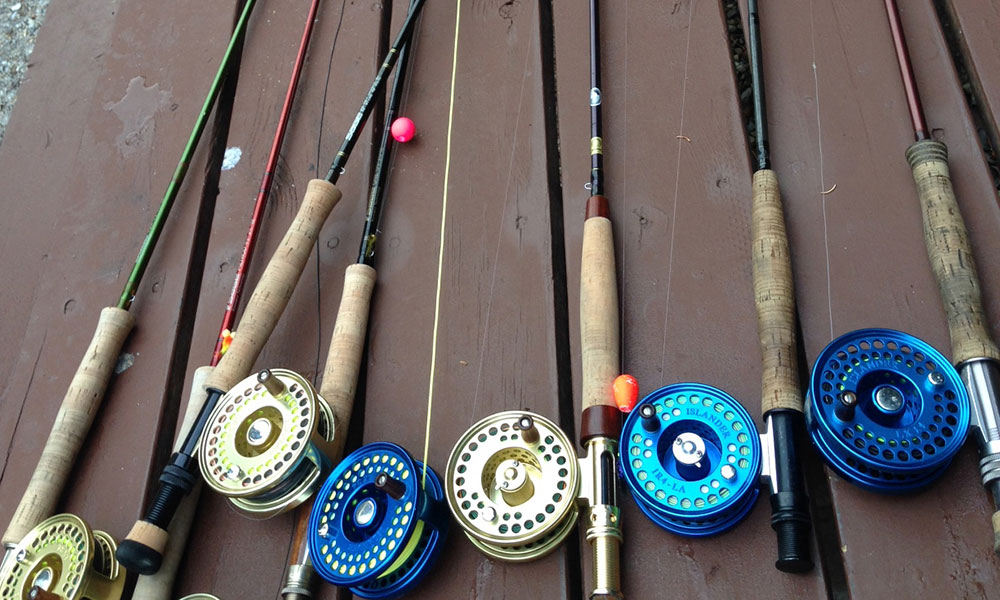
Go through your gear bag to make sure you have all the tools needed for a day on the water, including:
- Nippers
- Haemostats
- a small knife or multi tool
- flashlight or head lamp
- polarized sunglasses
- a selection of band aids
- sunblock
- spare hat
- hand towels
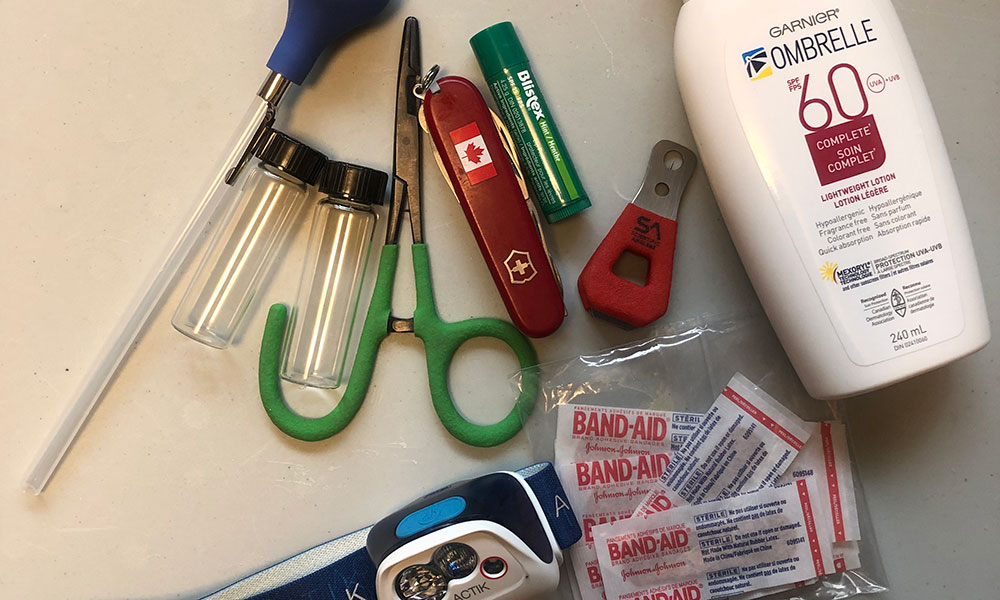
In addition to the above list of essentials, I always carry a throat pump and a couple of small glass vials. A non-lethal sampling tool, the throat pump allows you to retrieve the last food items found in the throat or esophagus of a fish that is typically feeding on small aquatic invertebrates such as chironomid or midge pupae, mayfly nymphs, damsel nymphs, scuds or zooplankton. This will help you select the right size and colour of a specific food source, as well as change presentation techniques to match feeding strategies. There are numerous YouTube videos available that show the proper way to use a throat pump if this is a new technique for you.
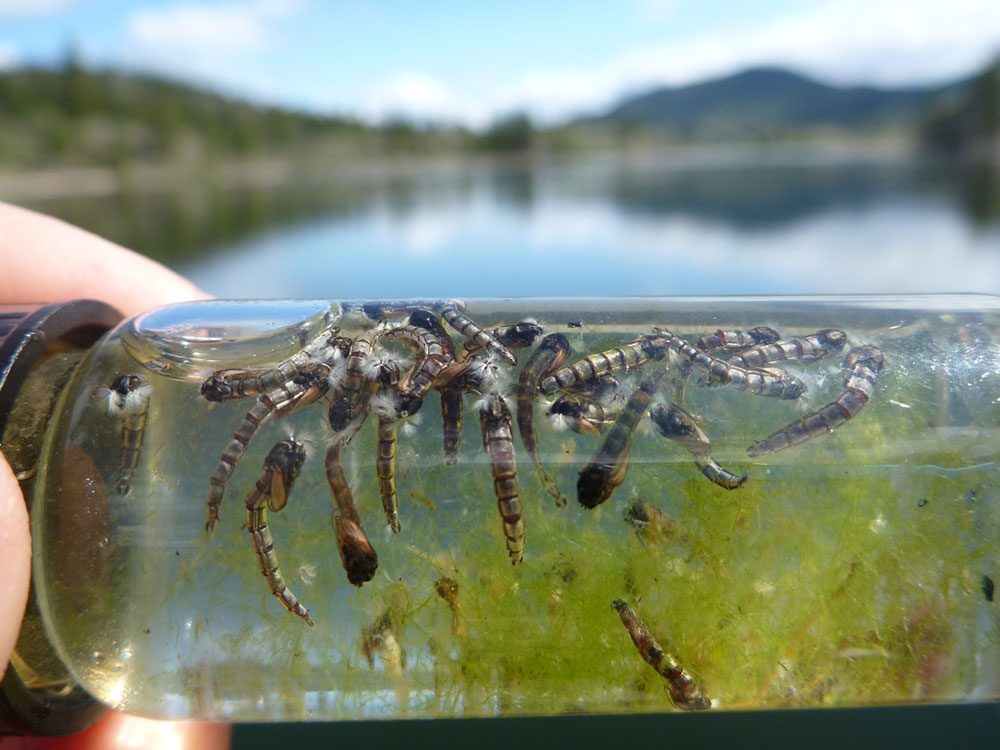
Make sure you have the necessary fly lines to present flies at the various depth zones that trout feeding occurs in lakes. Full sinking lines in type 1, 3 and 7 sinking densities (these numbers indicate the inches/sec sink rate) will allow coverage of the shallow water shoal areas out over the drop-offs and into the deep-water zone of the lake. Floating lines used with or without a strike indicator are extremely effective for presenting flies in water 5 to 20 feet in depth, which is where most aquatic insects emerge, and where leeches and scud densities are highest.
Lastly, check your landing net to make sure there is no broken mesh. If you are releasing a lot of your catch, consider a net with a soft, smooth rubber mesh as this material is much more fish friendly than a typical knotted hard nylon type.
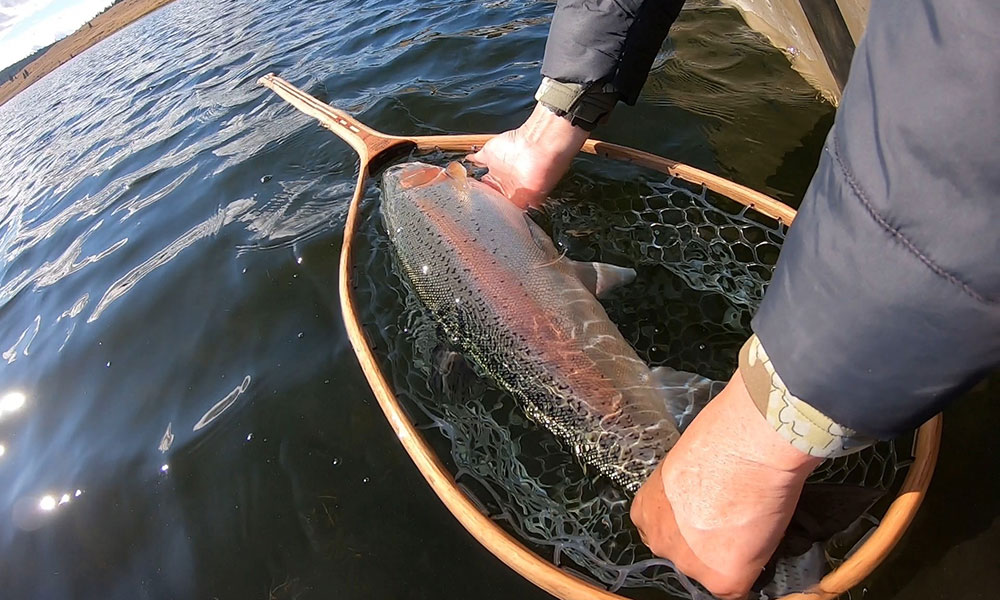
Don’t be caught scrambling once the ice melts. Check your gear while there’s still time. While you’re at it, have your boat and motor checked out prior to season to enjoy a long trouble-free fishing season.
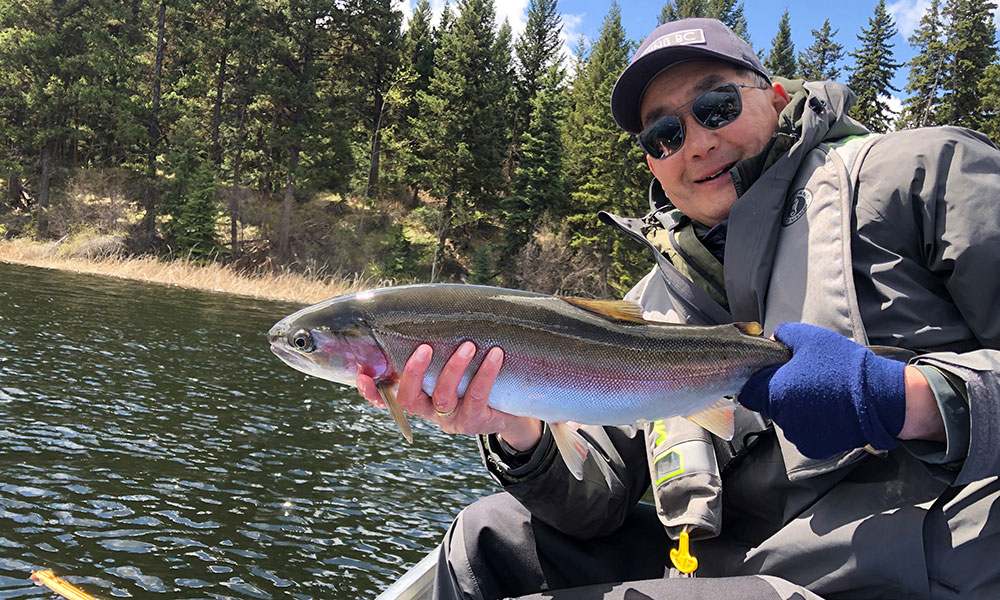


 All Yamaha News
All Yamaha News